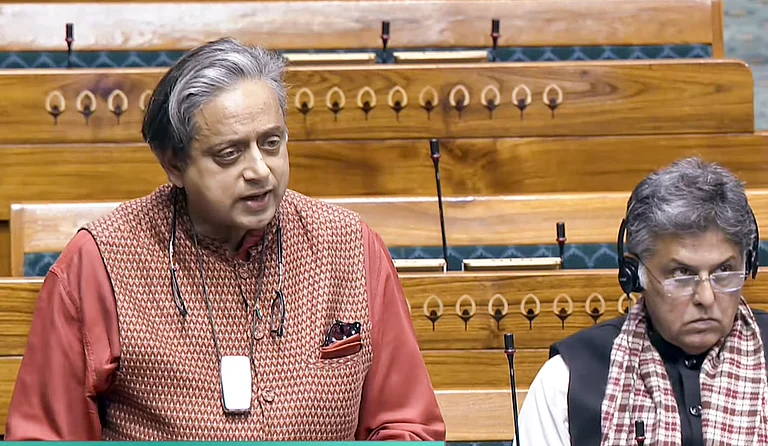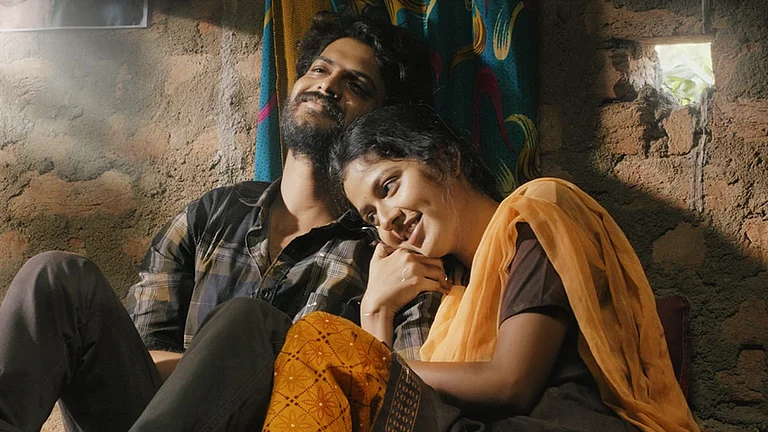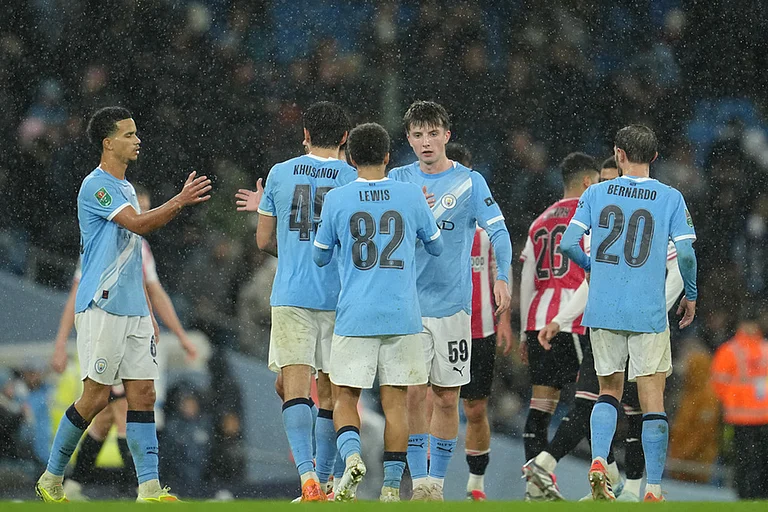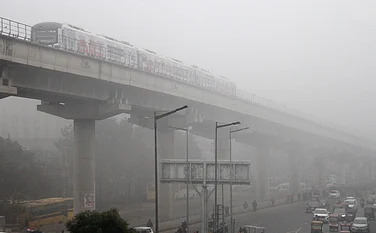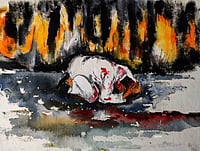Until a few years ago, Chhattisgarh was among the states where the BJP had the strongest hold. A formidable chief minister headed the state with an absolute majority for three full terms (2003-18), with no challenge or threat to his authority. Raman Singh had the total support of the central leadership and some of his governance practices even found praise among activists and civil society leaders. Still, Singh was side-lined after the party’s defeat in the 2018 assembly elections. Such is the crisis of second-rung leadership in the state today that with elections just a year away, the party is frantically looking for potential poll candidates, let alone a CM face.
Consider Gujarat, the party’s strongest fort, a state it has been ruling since 1995. After its chief minister, firmly in the saddle during 2001-14, moved to the Centre as the PM, the state has seen three CMs in a short duration. Perhaps nothing exemplifies the state of the second-rung leadership in the party than this. For a long time, a duo reigned over the party marked by a staggering number of secondary leaders, before it was replaced by another pair. Observers once used to ask: after Atal-Advani, who? Now they ask: after Modi-Shah, who?
One can examine BJP’s second-tier leadership through two broad frames—the Centre and the states. Let’s begin with the Hindi heartland, a zone on which rests the party’s triumph over the last decade. The 10 Hindi-speaking states and the two western states of Gujarat and Maharashtra fetched 85 per cent of BJP’s total seats in the 2014 polls that changed the course of Indian politics.
Delhi once had a team of stalwarts like Madan Lal Khurana, Sahib Singh Verma, and Vijay Kumar Malhotra—who famously defeated former PM Manmohan Singh from the prestigious South Delhi Lok Sabha seat in 1999. Nevertheless, the party introduced Kiran Bedi overnight as its CM face for the 2015 assembly elections. Five years later, it chose Manoj Tiwari—an east UP resident who had lost the 2009 Lok Sabha polls on a Samajwadi Party ticket against Yogi Adityanath—to lead the party in the 2020 polls. Delhi voters rejected both imported faces.
The party was part of the ruling alliance in Bihar for two decades, but remained dependent on its ally, Nitish Kumar’s JD-U, and couldn’t develop its own leadership. Whenever Nitish pulled the rug, BJP was swept off its feet.
In Rajasthan, the party once had a stalwart in Bhairon Singh Shekhawat, who became chief minister on three different occasions. He was followed by Vasundhara Raje Scindia, who completed two full terms as CM. One may have to strain a bit to find another face after her.

Or take Karnataka. The state is going to polls early next year, but the ruling BJP is still battling with the election of its state president. While CM Basavaraj Bommai has thrown his weight behind existing president Nalin Kumar Kateel, several leaders, including former CM B.S. Yediyurappa—recently inducted into BJP’s parliamentary board—seem to be pressing for change. Yediyurappa, who was asked to quit as CM in July 2021, is again emerging as a frontrunner to lead the party in the next elections in a state that remains BJP’s only anchor in the south. Of the total 130 LS seats in Karnataka, Andhra Pradesh, Telangana, Kerala, Tamil Nadu and Pondicherry, the BJP won only 21 in 2014, with 17 from Karnataka alone. In 2019, Karnataka contributed 25 of BJP’s total 29 LS seats in the region.
The leadership issue takes a different turn at the central level. While India’s oldest party has had only two presidents in the last 25 years, both from a single family, the BJP has seen as many as 10. But its PM contenders have always been limited. During the five-decade-long Atal-Advani era, many leaders became president of the Jan Sangh and later the BJP, but the PM candidature was reserved only for the two. Vajpayee led the party in the LS elections from 1996 to 2004, followed by Advani after his retirement in 2009.
The BJP faced a major succession tussle after the electoral defeat of 2009, when the incumbent UPA government won a second term. The party leadership realised that they needed a post-Jan Sangh face to lead it in the new millennium, even as it found its state units weakened. It could win just five of the 814 seats in the 2011 assembly elections held in Tamil Nadu, Assam, Kerala, Pondicherry and West Bengal. Chaos ensued for long, before many claimants emerged as PM candidates for the 2014 polls, including Arun Jaitley, Sushma Swaraj, Rajnath Singh and Nitin Gadkari. The party appeared to be headed towards a big crisis.
However, the BJP often recovers from such hiccups because of several factors, namely, a commitment to the organisation, a shared ideology and a discipline that resolves any succession tussles. The party can choose a completely unknown Manohar Lal Khattar to lead Haryana or first-term MLA Bhupendra Patel to lead Gujarat after sacking Vijay Rupani mid-term, with other members obediently following the directions.
So in 2013, the then BJP president Rajnath Singh chose Narendra Modi as the PM candidate, despite stiff opposition from within the party as well as from allies. Singh merely followed what his predecessor had done two decades earlier. L.K. Advani had helped build a mighty political machinery in the 1980s to lead the temple movement. With the Sangh Parivar solidly behind him, expectations were high that he would declare himself as the PM candidate for the 1995 Lok Sabha polls. Instead, he declared A.B. Vajpayee as the candidate. Not even Vajpayee could believe it. Advani later wrote that his decision was to secure the best interests of the party.
BJP has also devised different methods to overcome the lack of leadership. In the Northeast, where the BJP now rules several states, it still doesn’t have many home-grown leaders. In states where the party had a weak leadership, it embraced or appropriated ones from other parties, even diluting its Hindutva agenda to forge new leaders. In states where it faced a stronger regional party, the BJP astutely entrenched itself in an alliance, allowing its partner to choose the CM candidate while supporting it as a junior partner. This includes PDP in Kashmir, SAD in Punjab, JD-U in Bihar and, more recently, the rebel Shiv Sena faction in Maharashtra.
A reason why the party has seen few rebellions by second-rung leaders is its rising fortunes. There is occasional dissent, even desertions by leaders like Yashwant Sinha, but no mass defection. When Amit Shah became the BJP president in 2014 and launched a massive membership drive, the party had some 3.5 crore members. In just a year, it rose to 11 crore, reaching 17.4 crore in 2019.
Coming back to the original question—who after Modi-Shah? Here’s a clue. For several years, the BJP went to town with the Gujarat Model, claiming development and best governance practices. But this has now been replaced by the Yogi Model, which boasts of ‘encounters’ and bulldozers. CMs of several BJP states—who are much older than the UP CM—have been heard praising the Yogi Model. This journey, from the Gujarat Model to the Yogi Model, epitomises the shift in its politics. As of now, Yogi Adityanath becoming Modi’s successor seems unlikely, but the shift in the party’s messaging augurs its future plans.
(This appeared in the print edition as "The Behemoth")








